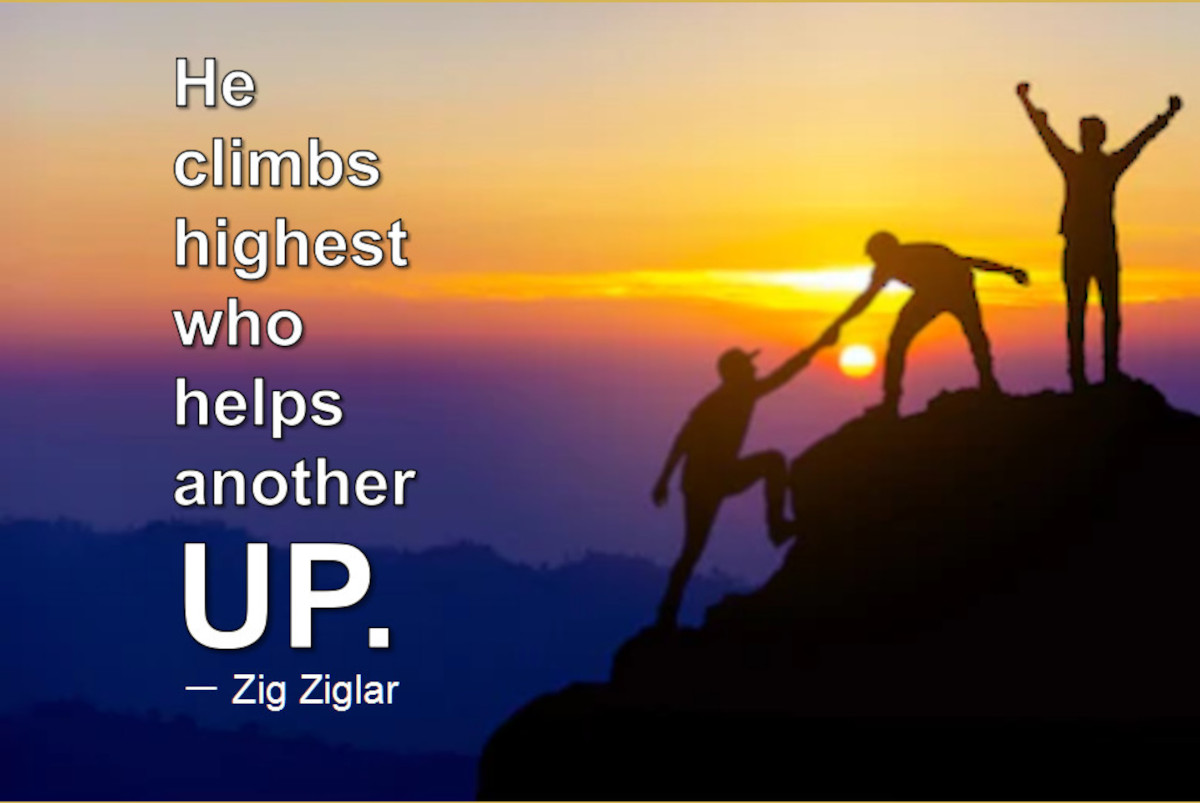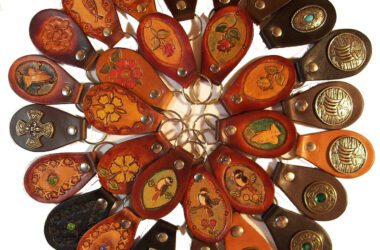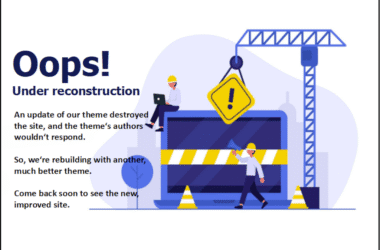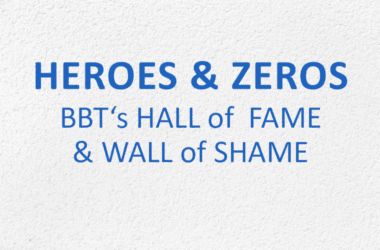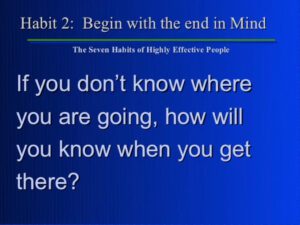 Clearly, despite mulling over all aspects of how to derive the most benefits for the participants of the leathercraft training, I’m barely at the beginning stages of the project.
Clearly, despite mulling over all aspects of how to derive the most benefits for the participants of the leathercraft training, I’m barely at the beginning stages of the project.
The more I’ve examined how to setup an activity therapy program that would have long lasting effects, which is the end I have in mind, the more my professional training and experience, and personal interests revealed things which would need to be done to reach that goal.
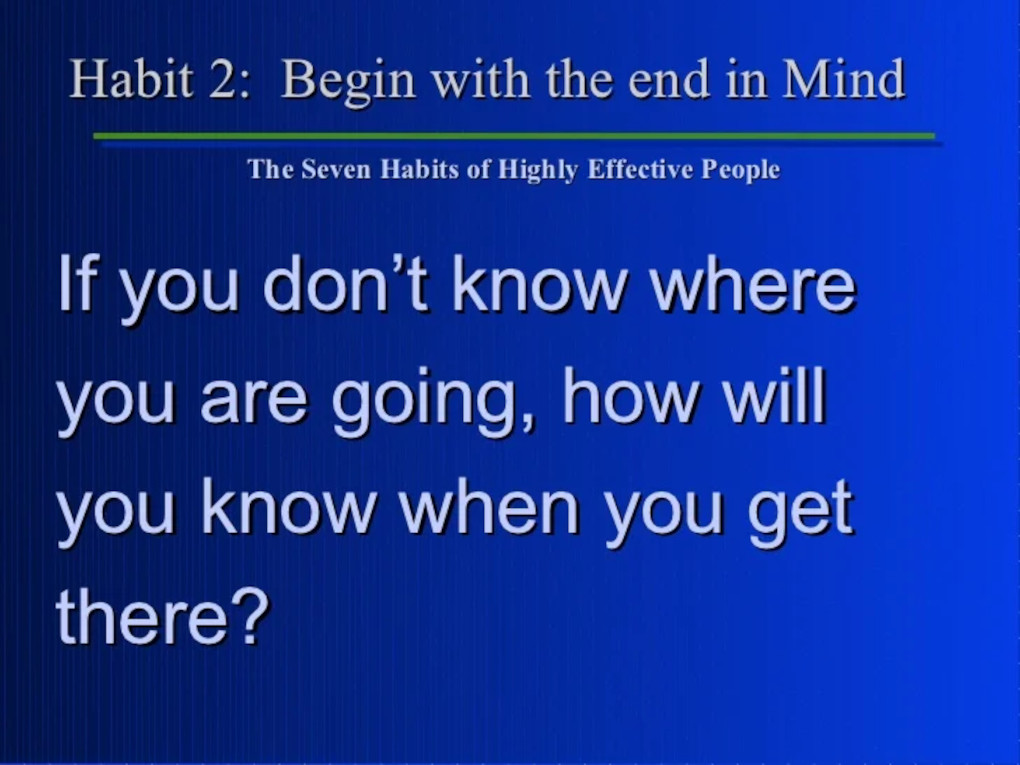
In short, I’ve spent much of the last few months trying to determine where I was going and how I would know if and when I got there.
My ultimate goal, my destination, if you will, is to build the few leathercraft training sessions I can conduct at Haus Jaro into an activity therapy program which will have a lasting impact on the lives of its participants.
Just as a map shows you how to get to your destination but is not the destination in and of itself, this web hub gives a detailed overview of where I’m trying to go.
Consequently, it represents the destination and how to get there, not the starting point.
Having finally determined where I wish to go, I must now start taking the small steps required to get there.
The first of those steps is to begin conducting small leathercraft training sessions at Jaro. These sessions will be small in terms of the number of participants. And there may well not be very many sessions held.
Even so, they are the first of many steps needed to to build Becoming Better Together into the program I hope it will become.

If the goal is to build a solid activity therapy program, how is that to be done?
This is where Covey’s lessons on the importance of mission statements becomes important.
According to Covey, a mission statement “is a clear and concise summary of your purpose and priorities. It’s the map by which you make decisions and a compass to keep you on the road to success.”
Covey’s idea of a concise mission statement is one that is between one to three sentences. He goes on to say that it must be so memorable a child can learn it. And so powerful it guides everything every single person involved in an organizations is guided by it at all time.
In my experience as a pastor and external consultant, the latter is where most mission statements fail. They are so long nobody knows them. And so convoluted nobody can possibly be guided by them.
Consequently, most mission statements are merely pretty words on paper that trip merrily off the tongue and fall meaningless to the floor.

For example, and not to be mean about it, I would dare say that virtually no one in Haus Jaro knows Caritas’s mission statement and how their job advances that mission.
I can say that with relative certitude because in the 30 plus years I’ve been involved in the leadership of and consulting with nonprofit organizations, I can count on the fingers of one hand the number of people I’ve worked with who could even tell me their organization’s mission statement, none of whom could tell me how it guided them in the performance of their duties.
Sadly, this includes the leaders of those organizations.
If even the leaders don’t know the destination and how to get there, is it any wonder their organizations ultimately fail to achieve their mission because, in part, their leaders are making incredibly bad decisions that are contrary to the very mission they are charged with advancing?

Becoming Better Together’s entire mission statement and guiding principles are contained in its name.
What are we doing?
. . . Becoming better
How are we doing it?
. . . Together.
That is so short and memorable that, as per Covey’s recommendation, even a small child can learn it.
It is, in fact, the shortest mission statement we could possibly have.
Even so, it expresses the core concept of Nouen’s “wounded healers” as those who, having been through similar situations, are best qualified to help others heal which inspired the desire to build something of lasting value for others while also moving forward with my own physical and other healing.
It is so clear that it can easily be used to guide every single individual who becomes involved in building Becoming Better.
All that has to be done is ask whether or not something helps the participants and those involved heal.
If it does and can be done, it should be.
If it doesn’t, it shouldn’t be done … not even if it can be.
* * *
This is the very rough draft of what will become the “Who We Are and What We Do” post.
NOTES
* Time was taken to determine the destination
* Steps to get there were identified
* The website was build as a means of being able to show potential supporters where I hope to go. AND ask them for donations to help launch the project.
